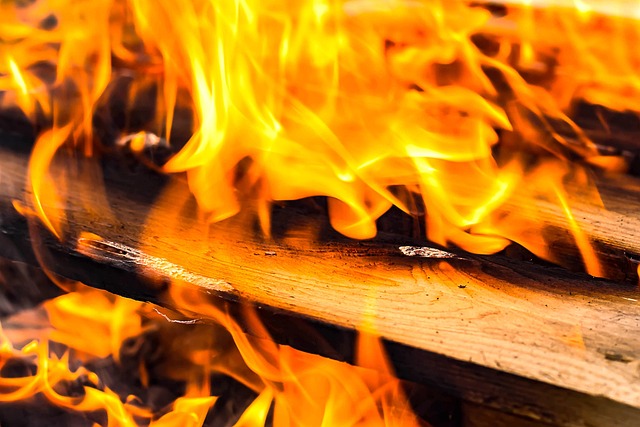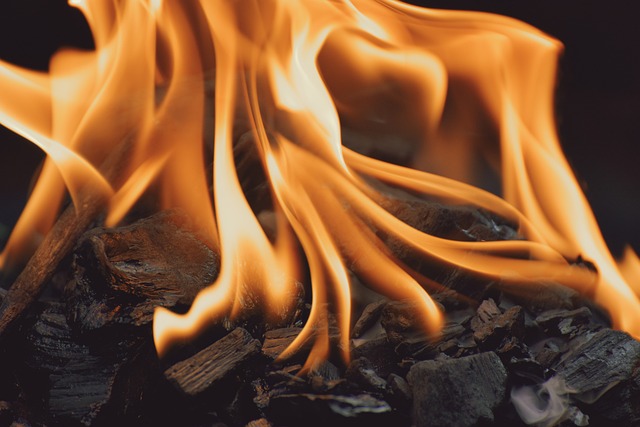Selling a house with fire damage in California necessitates a specialized post-fire property valuation process, crucial for determining financial outcomes for both homeowners and insurers. This involves assessing structural integrity, estimating reconstruction costs, analyzing market trends, and comparing to similar properties. The complex dynamics between insurance claims and valuation require navigating legal considerations, safety inspections, and transparent communication. To maximize selling potential, prioritize structural repairs, cosmetic enhancements, and highlighting positive features, ensuring a fair market reflection in California's competitive real estate market.
In California, where wildfires are a recurrent concern, understanding post-fire property valuation is paramount for homeowners. This comprehensive guide delves into the intricate process of assessing and mitigating the impact of fire damage on residential properties. From evaluating structural integrity to navigating legal considerations and insurance claims, we provide essential strategies for selling a house with fire damage in California. Discover expert insights tailored to help you navigate this challenging yet crucial phase.
- Understanding Post-Fire Property Valuation in California
- The Impact of Fire Damage on Home Value
- Evaluating Structural Integrity After a Fire
- Legal Considerations for Selling a Damaged Property
- Insurance Claims and Their Role in Property Valuation
- Strategies for Selling Your House with Fire Damage
Understanding Post-Fire Property Valuation in California

Selling a house with fire damage in California involves a nuanced process known as post-fire property valuation. This critical step determines the financial outcome for both homeowners and insurers after a fire incident. In California, where frequent wildfires pose significant challenges, understanding this evaluation is paramount. It not only affects insurance claims but also guides fair market value assessments when rebuilding or selling affected properties.
Post-fire property valuation in California considers various factors beyond mere visual inspection. Experts evaluate structural integrity, assess the extent of damage, and account for potential long-term effects on the property’s value. They may employ specialized techniques and tools to estimate reconstruction costs, consider market trends, and analyze comparable sales data of similar properties that have undergone similar fires. This comprehensive approach ensures accuracy in determining the property’s worth post-disaster, enabling informed decisions for both parties involved in the selling process.
The Impact of Fire Damage on Home Value

Fire damage can significantly impact the value of a home, especially in highly competitive markets like California. When a property sustains fire damage, it undergoes a unique and often complex valuation process. The extent of the damage plays a pivotal role in determining the future worth of the residence. Severe fire hazards or extensive destruction might lead to lower valuations, as buyers may be reluctant to invest in a property that requires substantial repairs or renovation.
In California, where the real estate market is dynamic and buyer demand is high, selling a house with fire damage can present unique challenges. Appraisers will meticulously assess the structural integrity, functionality, and aesthetic appeal of the home after the incident. Repairs that restore the property to its pre-fire condition or even exceed it in terms of modern safety standards may increase its value. However, if the damage is extensive, leaving visible scars or affecting essential systems, it could deter potential buyers and result in a lower selling price.
Evaluating Structural Integrity After a Fire

After a fire, the first step in property valuation is thoroughly evaluating the structural integrity of the home. In California, where selling a house with fire damage is a common occurrence, understanding the extent of the damage is crucial for both sellers and buyers. Professional inspectors should assess visible signs of deterioration, including damaged or missing roof tiles, charred walls, and weakened floors or foundations. These elements can significantly impact a property’s value post-fire.
Inspectors also need to consider hidden damage that might not be immediately apparent. Smoke and heat can cause internal structural issues like warped framing, compromised insulation, and water damage from fire suppression systems. Identifying these hidden risks is essential for accurately determining the costs required for repairs or replacements, ensuring a fair transaction when selling a house with fire damage in California.
Legal Considerations for Selling a Damaged Property

Selling a house with fire damage in California involves navigating complex legal considerations. The first step is to ensure that the property is safe for entry and that all necessary permits have been obtained, as per the state’s building and safety codes. It’s crucial to consult with local authorities to understand any restrictions or requirements related to the fire-damaged structure.
Additionally, both homeowners and potential buyers should be aware of the legal implications of selling a damaged property. This includes disclosing all known issues, past or present, related to the fire damage. California law mandates transparent communication about such matters to protect both parties involved in the transaction. Engaging with experienced real estate professionals and lawyers specialized in post-fire sales can help streamline the process, ensuring compliance with local regulations and minimizing potential legal disputes.
Insurance Claims and Their Role in Property Valuation

When a home in California sustains fire damage, the process of selling becomes more complex than simply putting the property on the market. Insurance claims play a pivotal role in this scenario as they directly influence the post-fire property valuation. Homeowners affected by fires often file insurance claims to cover the cost of repairs and rebuilding efforts. These claims provide a detailed assessment of the damage, offering insights into the extent of restoration required.
During the valuation process, insurance appraisers consider factors such as structural integrity, age of fixtures, and market trends in comparable properties that have undergone similar renovations. The settlement amount from insurance claims serves as a baseline for determining the current value of the property with fire damage. Understanding this dynamic relationship is crucial when selling a house with fire damage in California to ensure both fair compensation for homeowners and an accurate valuation that reflects the reality of the market.
Strategies for Selling Your House with Fire Damage

If you’re considering selling your house with fire damage in California, it’s important to understand that potential buyers will assess the property’s value differently due to the incident. Start by gathering detailed reports from licensed professionals who can assess the extent of the damage and provide estimates for repairs. This documentation will be crucial when negotiating with interested buyers.
Next, focus on repairing or replacing damaged areas while enhancing the overall appeal of your home. Address structural issues first, followed by cosmetic repairs. Consider repainting walls, replacing floorings, and fixing any electrical or plumbing problems to make your house more market-ready. Additionally, highlight positive features like a desirable location, spacious rooms, or unique architectural details that might offset the fire damage in buyers’ eyes.






